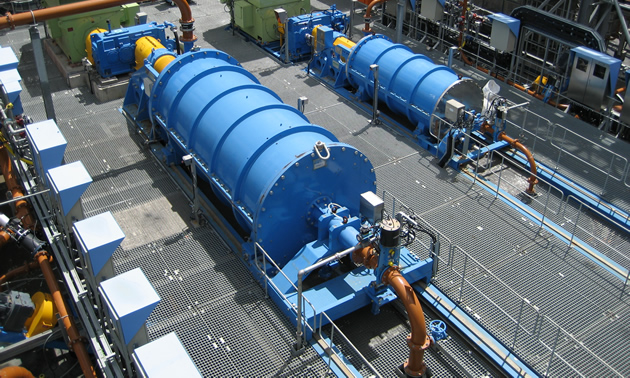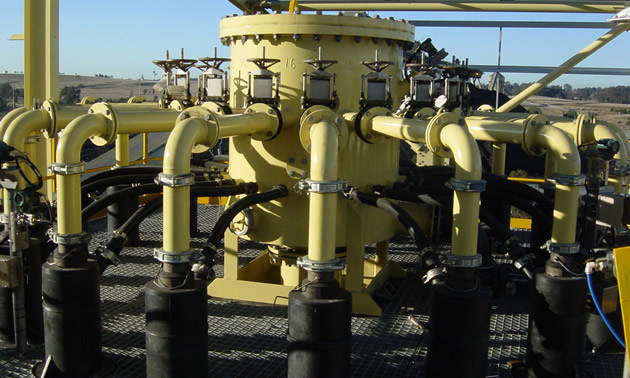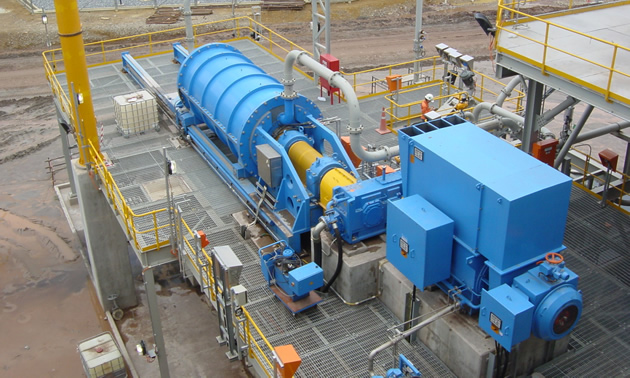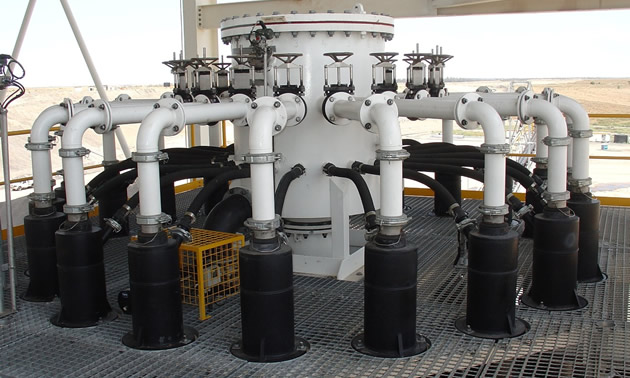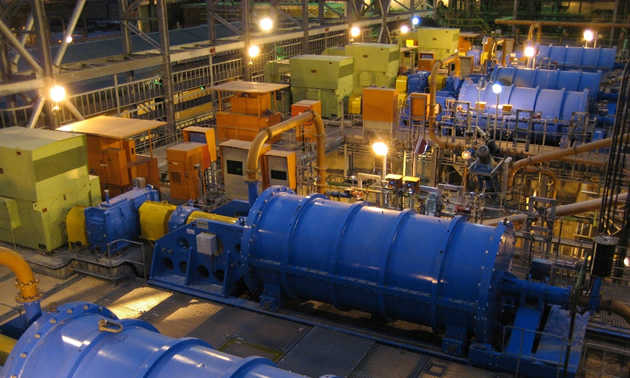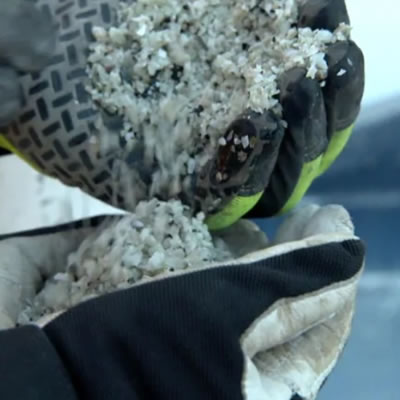Xstrata Technology provides solutions on a global level
At Xstrata, experienced people are committed to creating customized technological solutions for mining operations worldwide
Xstrata Technology has been successfully marketing technology in the metals and mineral processing industries for almost 30 years. Technologies developed at Xstrata’s own sites have been implemented at some of the world's largest mining operations. Xstrata develops, markets and supports technologies for the global mining, mineral processing and metals extraction industries. It has offices in Australia, South Africa, Canada, Chile and the U.K.
Marrying products, technologies and people
Xstrata works with the client to provide a comprehensive, tailored solution involving an integrated process and equipment design, detailed engineering, equipment supply, operator training, commissioning assistance and ongoing process and maintenance support.
Fundamental to the technology is the high-calibre people who support the technologies—people who have worked with the technology in real plants and have experience in production, maintenance and management to ensure projects are quickly implemented and fully supported over their lifetime.
Greg Rasmussen is the mineral processing manager for Xstrata Technology Canada and he believes strongly in the company's products and solutions.
"Our competitors sell equipment; we sell solutions," said Rasmussen. "We're all from a processing and mining background. We help analyze, help companies find the right application and make sure our technologies work for them."
Two important products
Rasmussen said there are two technologies in particular that have offered solutions to the mining industry worldwide: IsaMill and Jameson Cell.
The IsaMill is the most energy efficient, highest intensity large-scale grinding technology on the market, resulting in reduced energy usage, a small footprint and simple installation and maintenance. It is well suited to fine-grinding duties as well as mainstream grinding, where the action of the inert ceramic media frequently improves metallurgical performance. The IsaMill produces a steep particle size distribution in open circuit without needing internal screens or closed-circuit cyclones—and it is robust and easy to operate.
The Jameson Cell is a self-aspirating flotation cell that produces fine air bubbles and does not require air compressors or blowers. The cell has no moving parts, and it is designed for use where a small footprint is desired. The Jameson Cell is equipped with froth-washing capabilities as well as a simple tailings recycling system, allowing for stable operation. It is well suited for recovering fast-floating, liberated and/or hydrophobic minerals, and is used in base metal, coal, bitumen sands and industrial mineral flotation.
Rasmussen said it is the people behind the technologies that makes Xstrata successful. There are about 22 staff in the Vancouver office and just over 70,000 worldwide.

